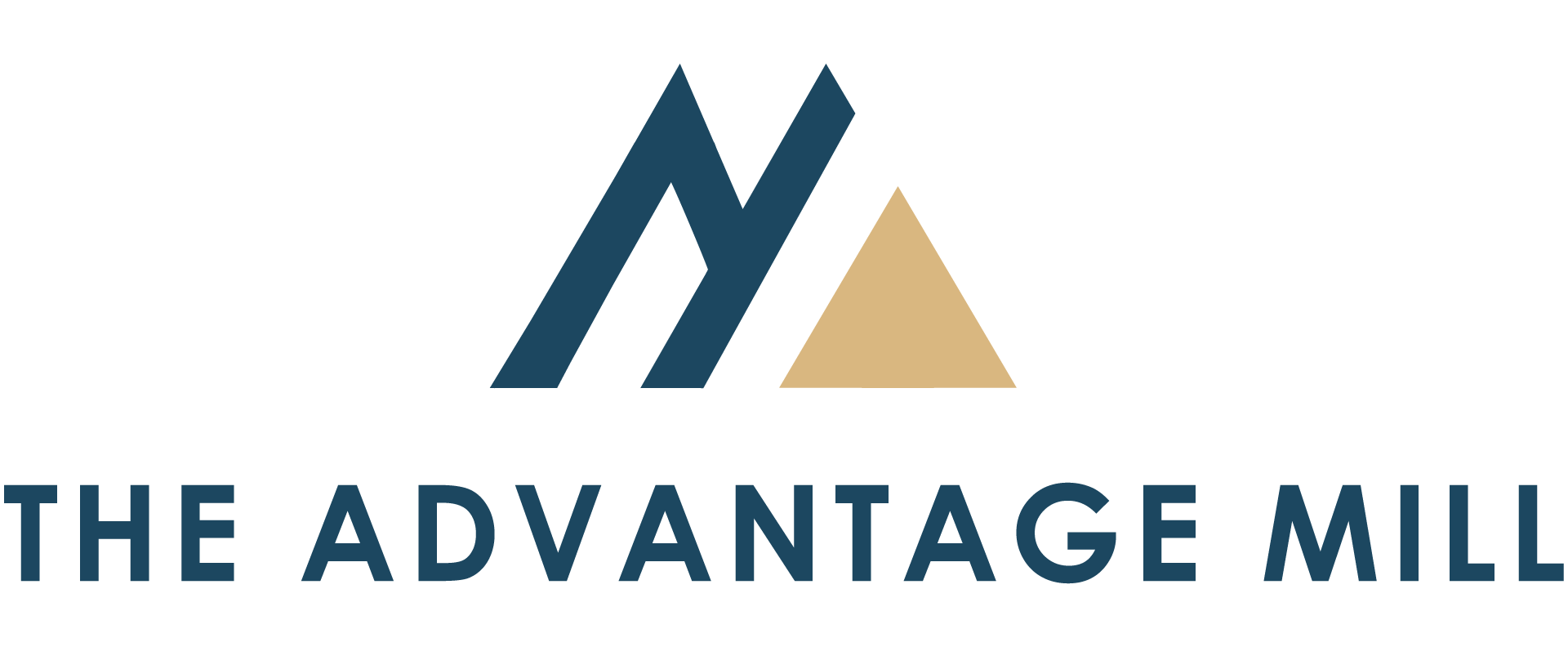By Al Mills
In 1979 my parents purchased a farmhouse and an orchard field in Nova Scotia. The house had been empty for a couple of years and it showed. It was like a time capsule. In the basement was a large wood furnace and a closet full of preserves in glass bottles (most of which fell victim to plinking sessions). Dark wainscotting lined the hallways and equally dark were the banister and stairs. Upstairs included a small attic that contained animal traps, old boots, well-worn furniture, and a window that revealed more cob webs than one could ever want.
It was strange to me to see the attic, the roof boards exposed and no insulation. It must have been cold in there in the winter. While renovating, I’d see the walls didn’t contain insulation either, and the electrical and plumbing were all outdated by many versions of building codes. When my father built a new home behind the old farmhouse, everything made sense to me. Concrete foundation, modern electrical and plumbing and insulation in both the walls and the attic. The new house was certain to become a comfortable warm place, especially with a cozy fire on a cold winter’s day.
Somewhere along the way, builders, architects, engineers, electricians, plumbers and many others researched better ways to build for sturdiness, energy efficiency, and comfort. Some were risky moves as it generated laughs and ridicule from people more rooted in traditional ways and methods of building. What we know today has been reinforced by experience, data, and study. And even though some of the new methods got some laughs, the results in progress speak for themselves. Speaking of laughs, it’s interesting to note that when handwashing was identified as a way to prevent disease in the medical profession, plenty of medical professionals thought it was ridiculous. Some advocates even lost their careers because of it. Cue the laughter.
New isn’t always better, that’s a certainty. But as scientific research reveals more about market patterns, human behaviour, and strategic planning, resulting best practices can be very counter-intuitive.
Some companies have adopted lattice work reporting structures that mean that team members have access to more than one member of the leadership structure. This is a complication as we’ve become accustomed to, and territorial about, a single leader and her direct reports. However, research is showing that a lattice work might provide team members with more options to introduce innovations to the workplace as more than one set of supervisory eyes can approve new approaches and SOPs.
Recent research in the world of teams has demonstrated that a team of superstars will be outperformed by a team of average performers. There are several reasons for this, but it goes against the grain. It’s like saying that a team of Tiger Woods clones won’t perform as well as a team of grinders. But that’s what the research is showing, and issues like ego and progression up the corporate ladder are significant factors on the team of superstars.
As you build your business and consider the best of efficiency, productivity and bottom lines, be sure to research and understand some of the newest concepts. Implementing them means risk and challenge for sure, but the payoff might be more than you ever dreamed.
Al Mills is the lead consultant and founder of The Advantage Mill, a company dedicated to bringing out the best in the workplace. You can find the website at theadvantagemill.com.
